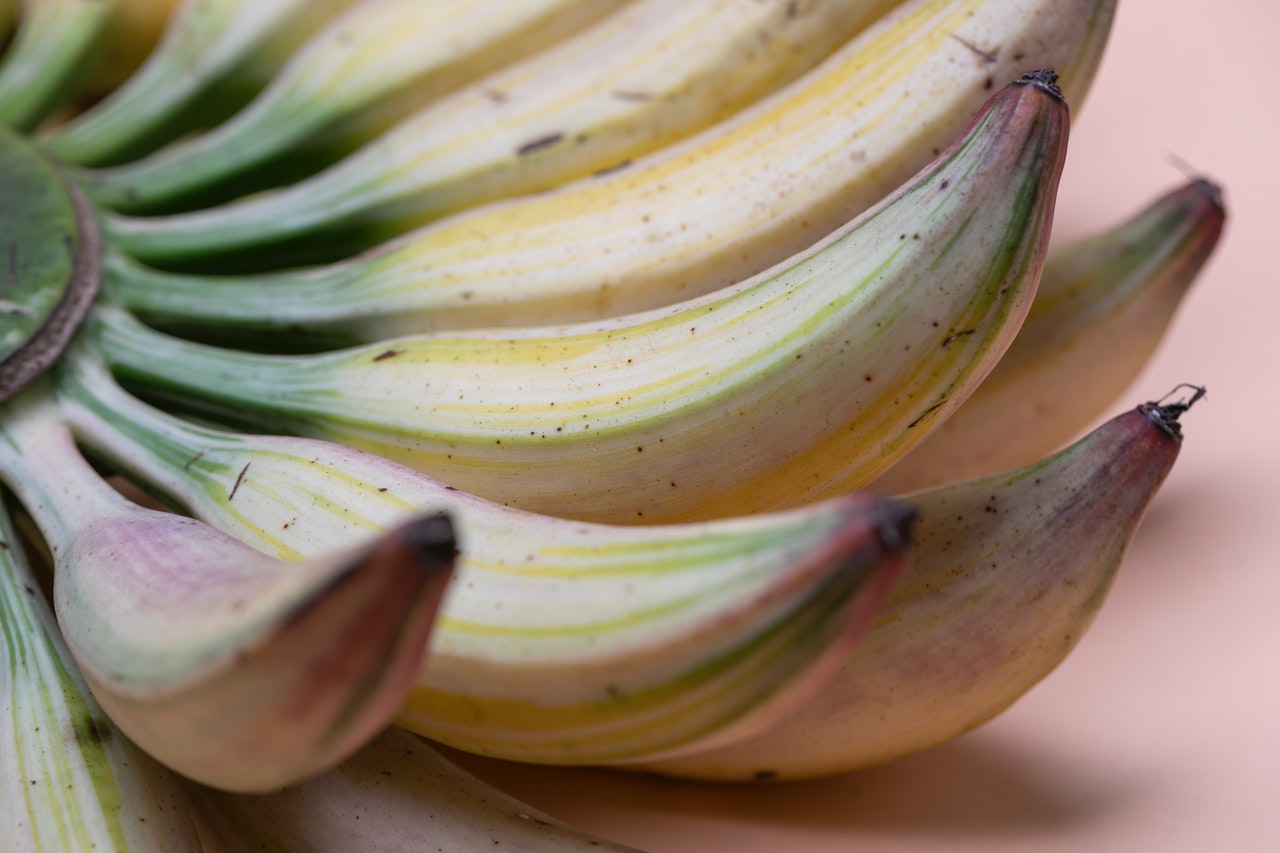In recent years, plant-based diets have been getting a lot of attention. This is no surprise, since a number of recent studies have suggested that humanity’s typical obsession with meat could have negative consequences on the body and the planet alike. Eating excess amounts of red meat, it seems, can increase the risk of heart disease and obesity. The raising of livestock also causes higher greenhouse gas emissions, thereby worsening the climate change crisis that is currently threatening humanity. Many people have responded to all this news by switching to a plant-based diet.
If you’re considering making such a move yourself, then you’ll need to get used to plant-based cooking. Eliminating all animal products from your diet is no easy task, and you might have a hard time adjusting to the new rules in your kitchen. By following the advice of people well-versed in plant-based cooking, however, you can quickly overcome the challenges that arise. Here’s what you should keep in mind as you bring your plant-based mentality to the kitchen.
Grow Your Own Food
As you long as you maintain your meat-eating tendencies, you’re going to have a hard time cultivating your own food. After all, you can’t exactly raise a herd of cattle in your backyard, can you? When you switch to a plant-based diet, however, feeding yourself with your own two hands becomes a real possibility. While you’ll never manage to grow all your own food, you can provide the bulk of your own vegetables with a modest garden outside your home. You can also practice mushroom cultivation. Not only will this save you money and assure you that your ingredients are organic, but it will also give you a major sense of accomplishment.
Use Plant-Based Alternatives For Familiar Recipes
Don’t think that just because you’re going plant-based, you’ll have to completely abandon your previous cooking repertoire. Lots of meals are still doable; you’ll just have to switch to plant-based ingredients. By using soy milk instead of dairy and swapping vegetable broth for chicken broth, you can stick to many of your old favorites.
Roast Veggies For More Flavor
When giving up meat, it’s often the strong flavors that people miss the most. You can make the transition to plant-based diet easier on yourself by roasting vegetables in the oven to give them more flavor after you’ve sliced them on your new Legacy Quartz Countertops. As you’ll soon learn, an oven-roasted carrot can pack just as much punch as a slab of meat.
Be Brave, Embrace Experimentation
Switching to a plant-based diet gives you a unique opportunity to reinvent yourself as a cook. While abandoning traditional favorites can be tough, you’ll now have the chance to learn new recipes. Follow your instincts and add any ingredients that could spice up a newly-learned dish. You might just invent something that will become a steady component of your plant-based diet.
Don’t Shy Away From Quick, Easy Meals
Not every plant-based meal has to be some elaborate variation of a vegetarian classic. Plant-based eaters need quick, easy options just like everybody else. There’s no shame in heating up a can of veggies when you find yourself short on time.
Consider International Cuisine
When looking for plant-based meal options, you might as well take advantage of the wide array of options that come from around the world. International cuisine will offer you new and exciting recipes that make the plant-based diet a whole lot more interesting.
PLant-based cooking doens’t have to be any harder than traditional meal preparation. Take these tips to heart, and you’ll find yourself preparing remarkwble meals in no time.









